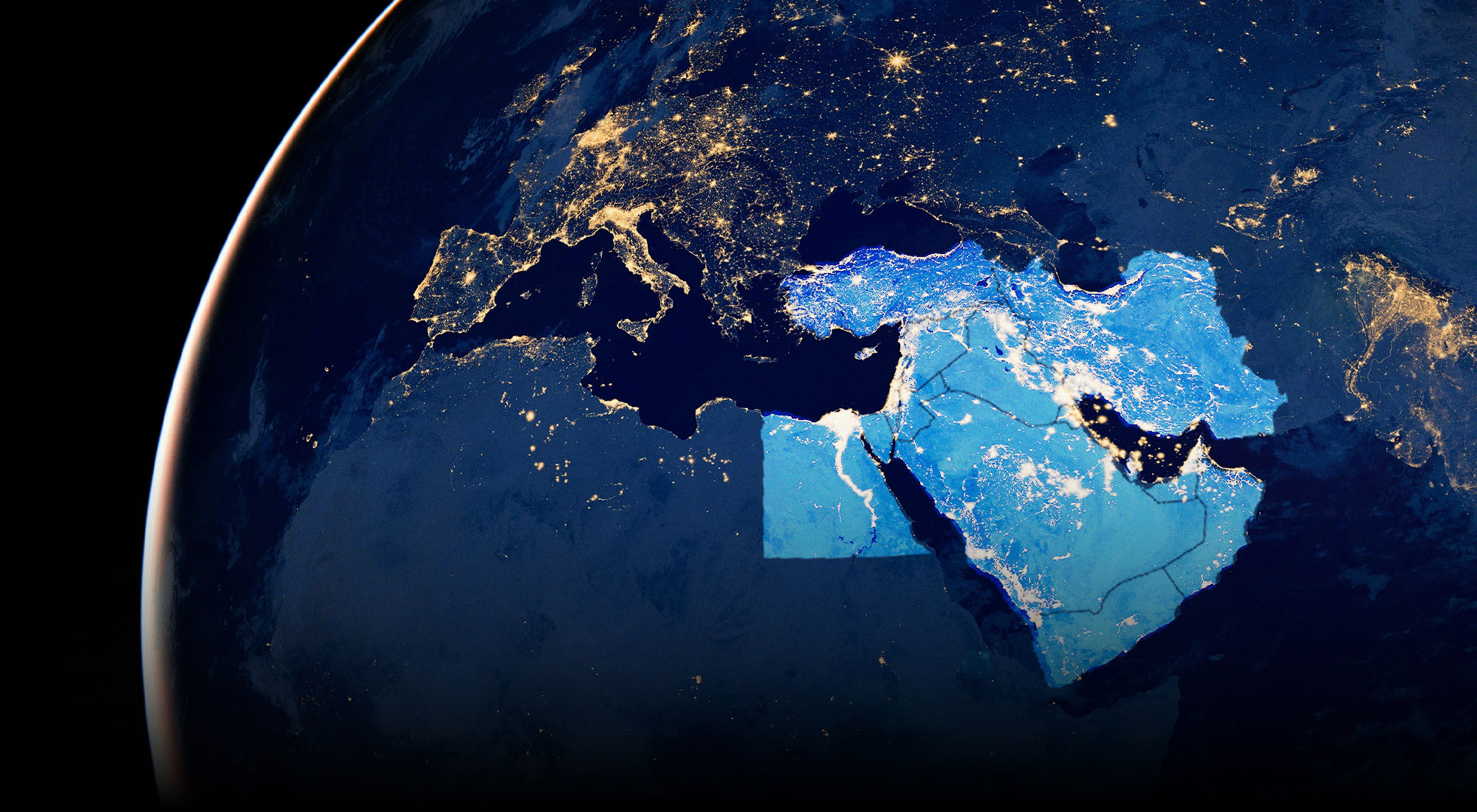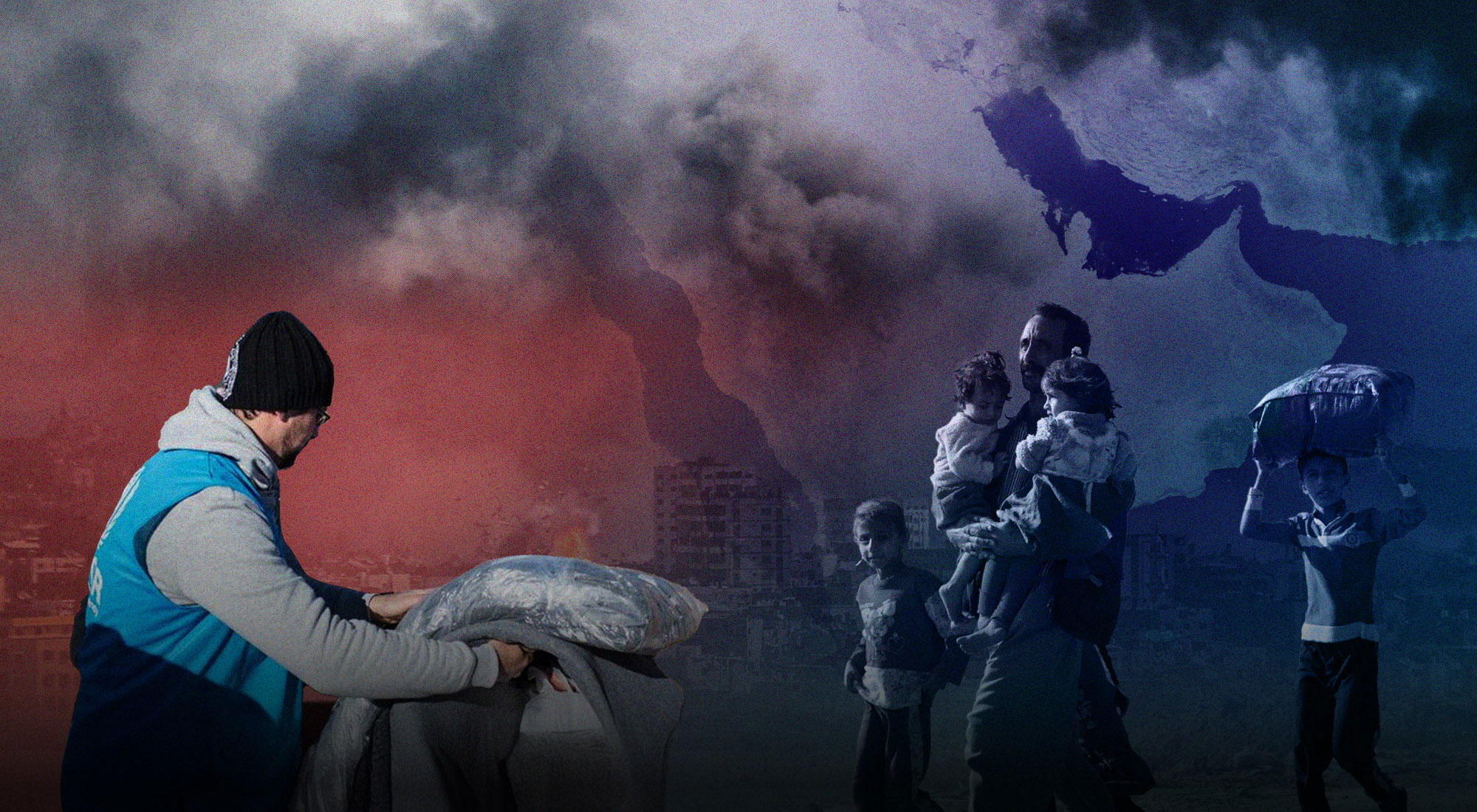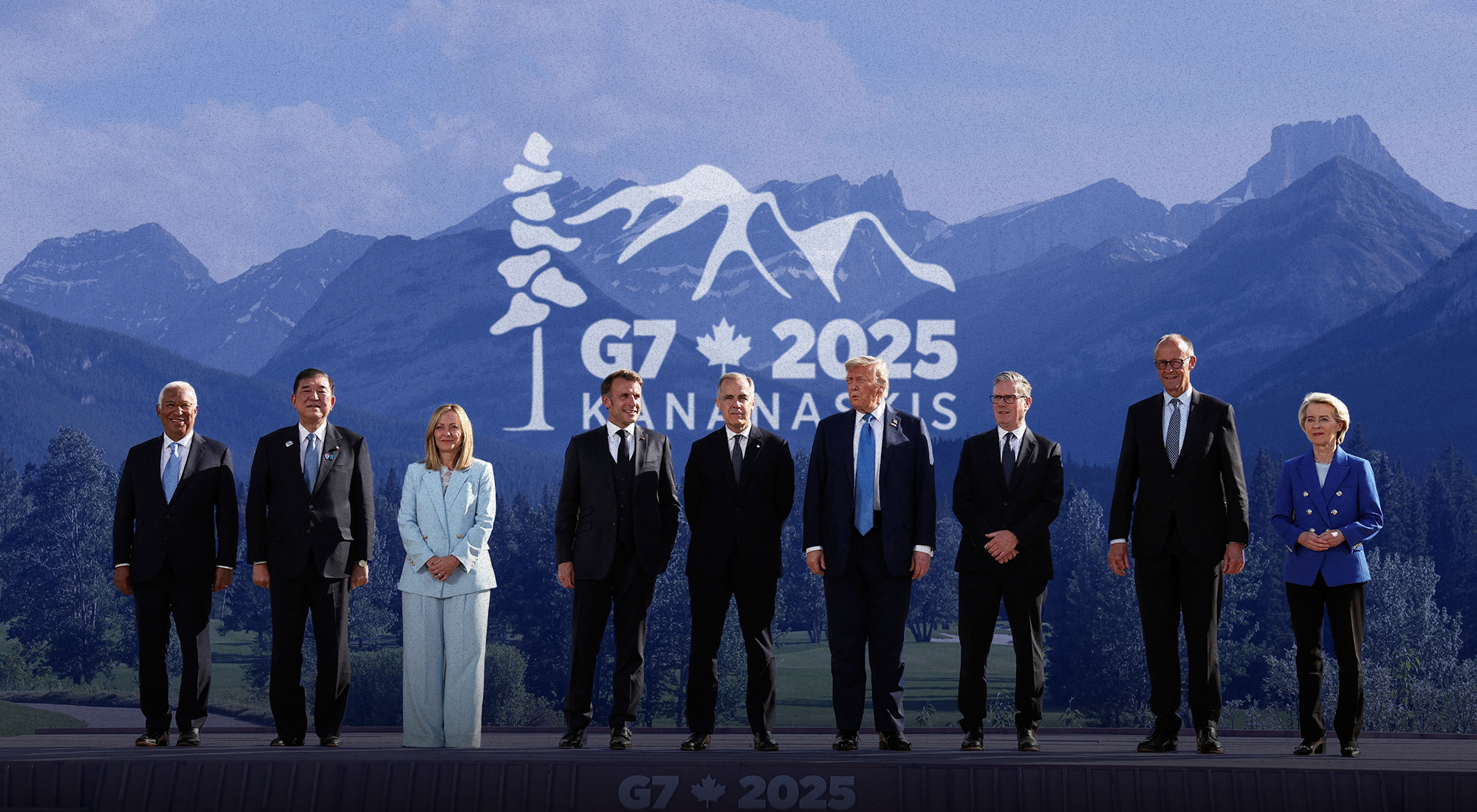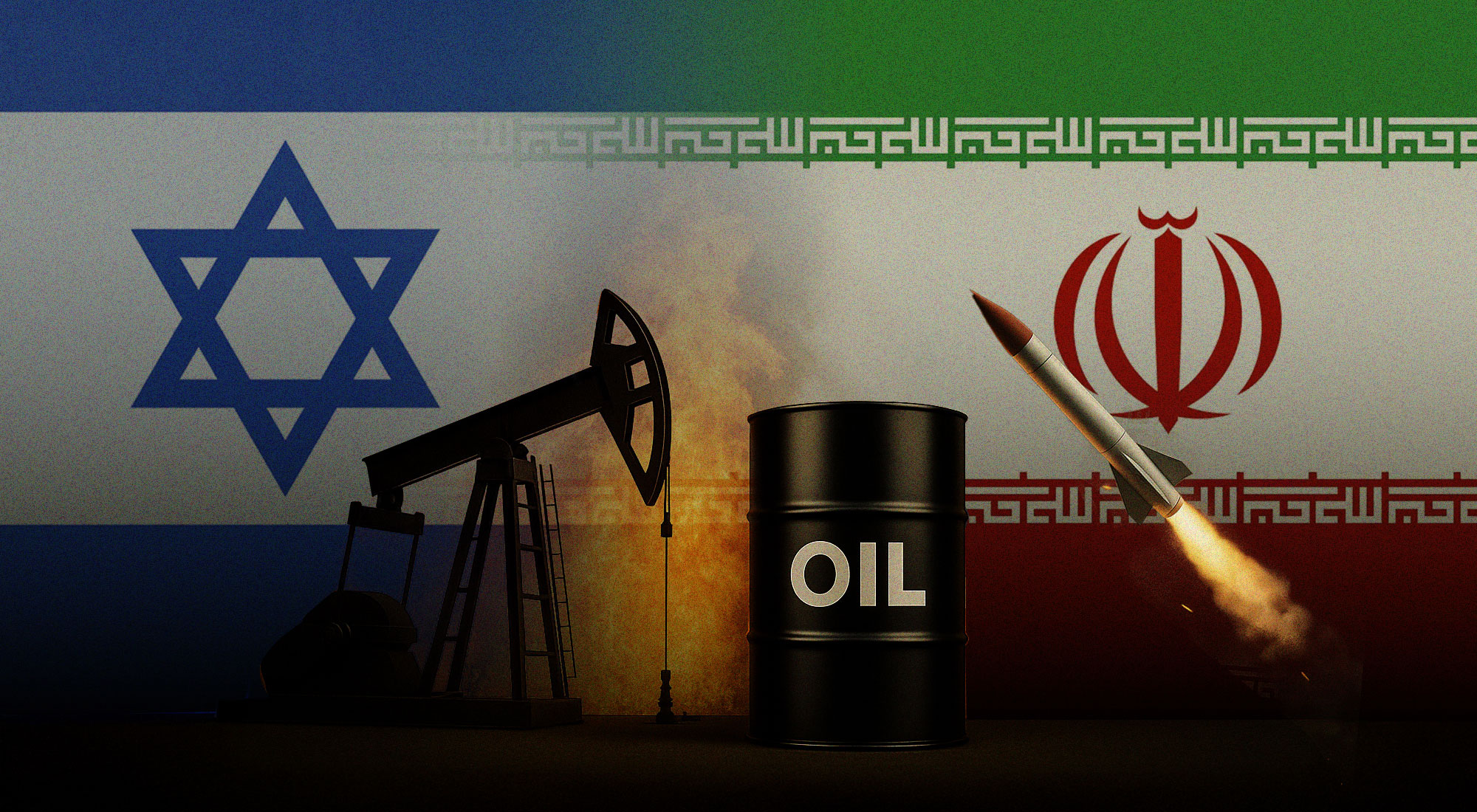Studying international relations demands an extensive analysis of the global system. Throughout its evolution, the global system progressed from various strong powers to bipolar dominance during the Cold War before establishing current unipolarity under US leadership.[1] The contemporary academic discussion explores whether unipolarity will persist or if a multipolar world order is emerging.[2] This paper demonstrates that unipolarity persists because the United States maintains exceptional leadership through its unmatched military capabilities, nomic power, and technological superiority.[3]
The Middle East serves as a vital observation region for studying international system patterns due to its significant geopolitical and economic importance. The political instability of this region, combined with its strategic location, illustrates how global power conflicts manifest through systemic international issues. The paper examines six essential international system challenges of the twenty-first Century while studying polarity and Middle Eastern developments.
Main Challenges Facing the International System in the 21st Century
The current obstacles in the international system hinder the effective governance of both global power structures and international management systems. Several new difficulties now affect the system, including the evolution of state and non-state actors, nuclear and arms competition in space, militarization, and terrorism, alongside severe climate change effects.
State and Multilateral Actors: The Rise of Tech Giants and Influential Personalities
What was known about the state actors’ control over international relations has changed because of new factors that appeared on surface. Multinational corporations, together with influential tech individuals, now wield significant power in world matters. Google, Apple, and Meta and their control over information through their platforms, plays a crucial role in shaping public understanding which ultimately influence the political decisions, and impacting diplomatic relations and international discussions that extend beyond national borders.
The platforms serve as diplomatic tools, hosting geopolitical powers that engage in conflicts through these platforms. Social media platforms have influenced public knowledge about Middle Eastern conflicts by increasing global awareness; however, they also disseminate conflicting information, which deepens existing religious and political conflicts.
The combination of SpaceX and private enterprise with state interests demonstrates how private companies challenge traditional boundaries between governmental and commercial activities.[4] The original business-oriented Starlink satellite internet system developed into a vital military-civilian communication tool in conflict areas.[5] Starlink demonstrates how private companies can establish connections with space and cyber-capability priorities, which were once exclusive to governmental entities, through its provision of communication infrastructure in contested regions. The increasing convergence of governmental and private operations presents novel security and governance challenges as current regulatory systems struggle to adapt quickly to modern technological advancements and evolving geopolitical and military landscapes.
Arms Race
The new shifts in the creation of advanced weapons, including hypersonic missiles and missile defense systems, have raised multiple concerns that the international community may face an unprecedented arms race despite multiple disarmament attempts. Three major world powers—the United States, China, and Russia have put significant amounts of their resources into building up their military capabilities. The increasing competition among major powers will naturally lead to heightened worldwide tensions, which erode trust in arms-control agreements that have been signed by the international community. Those attempts will naturally raise questions about the feasibility of international agreements that were made to control the behaviors of international actors to maintain what is called international law.[6]
The twenty-first Century has accelerated technological development, which undermines multiple existing arms-control systems. The United States, Russia, and China are actively developing hypersonic missiles, which extend response times and make missile defense systems more challenging to operate.[7] These developments undermine much of what international arms-control negotiations have achieved over several decades, thereby increasing the potential for accidental escalation.[8]
The international security environment with those practices has become increasingly unstable due to the collapse of the INF Treaty and the uncertain state of New START. States maintain the ability to expand their military capabilities because they lack dependable verification protocols and insufficient mutual trust. The situation becomes more severe because more nations acquire nuclear capabilities as their missile delivery systems become more advanced and numerous.
Nuclear Proliferation
Nuclear weapons maintain their position as fundamental strategic deterrent tools despite changes in international security dynamics. The nine nuclear-armed countries operate by advancing their atomic weapon systems, according to SIPRI, even though arms reduction efforts have been ongoing for many years.[9] The United States and Russia maintain control over the majority of warheads in the world while performing significant modernization work that might result in rising stockpiles.[10] China is experiencing the fastest growth in its nuclear weapons program, and experts forecast more than 100 new warheads annually from 2023 onward.[11] The expanding arsenal disrupts established security equilibriums while making nonproliferation progress more challenging.[12]
All nine nuclear-armed nations maintain their current military forces while simultaneously working to build their nuclear arsenals. The US and Russia commit their budgets to developing new warheads and building enhanced missile-defense capabilities along with advanced deployment systems. China actively constructs new silos and implements MIRV capabilities which distort the established deterrence systems.
Nuclear‑armed states within their respective regions.[13] The ongoing rivalry between India and Pakistan leads to continuous military growth while North Korea continues to develop its missiles at a fast pace, which creates instability across East Asia. The Middle Eastern situation becomes increasingly uncertain because Israel continues its ambiguous nuclear policy alongside developing its nuclear capabilities, and Iran continues developing nuclear arms alongside US military actions against its facilities following the June 2025 confrontations between these countries.[14] The rising number of atomic weapons creates significant barriers to nonproliferation efforts while creating conditions for regional weapon races and potential armed conflicts.
Militarization of Space
The domain of space has developed into a critical area for military competition. The United States, along with China and Russia, invests substantial funds in developing military space technology, which includes satellite communication systems, navigation and reconnaissance networks, as well as missile warning technology, alongside space-based offensive capabilities. The US Space Force’s establishment and Project 2025 proposals for a Space National Guard, along with plans for space-based weapons, demonstrate its mission to establish space as a contested military domain.[15]
Private companies led by SpaceX offer vital infrastructure assistance through dual-purpose satellite constellations, which enhance both civilian and military connectivity. [16] The weaponization of space raises significant concerns about the limits of space-based conflict beyond Earth’s atmosphere and poses a threat to essential space infrastructure from potential attacks. Advanced international frameworks for governance must be developed to address this emerging security competition, as current legal systems are unable to handle its growing complexity.
International security continues to face threats from terrorist activities, which persist across various regions. Non-state militant groups exploit weak governance together with ongoing regional conflicts and global connectivity to perform destabilizing attacks against states. The ongoing activities of ISIS and al-Qaida, together with new associated organizations, create challenges for counterterrorism because they establish diverse operational networks and multiple safe bases.[17]
The Middle East serves as the primary base for extremist organizations because its unstable governments and continuous conflicts allow them to attract new members while growing their influence. The organizations use regional instability to execute military operations while increasing their territorial control.
The nature of terrorism internationally makes it necessary to have joint efforts in addressing this threat. State actors face challenges in forming security cooperation’s in its different forms whether alliances or partnerships or any sort of security architectures because of the geopolitical rivalries and strategic interests that shapes an obstacles against tackling the ongoing
Climate Change and Its Geopolitical Implications
Humanity should stands at an existential security risk because of climate change effects. The combination of global warming with extreme weather events and diminishing natural resources will drive nations to fight for control of water resources and fertile land and energy supplies. [18] The melting of polar ice region and increasing sea levels will change the national borders and maritime routes. Donald Trump administration’s decision to leave the well known Paris Agreement (that was made to tackle climate change) caused international political tensions about climate challenges because it removed the United States from its position as a global powerful climate leader, which blocked international environmental protection efforts. [19]
The scientific community identifies climate change as a vital security issue because it intensifies existing conflicts and creates new ones. The Middle East experiences severe water scarcity alongside temperature increases which have harmed farming production and led to population movements.[20] The Iraqi government faces major domestic population displacement because of insufficient resources and intensifying water disputes with neighboring nations.[21] Countries need to work together because climate changes produce both geopolitical and geographical changes. The expansion of the Arctic maritime route and the disappearance of low-lying territories demonstrates how ocean-level rise transforms borders, along with trade routes. International alliances face barriers to unified action, as the Paris Agreement withdrawal has shown how easily international cooperation can break down. The Middle East has begun to view climate resilience as a strategic priority, driving them to establish new commitments alongside green finance initiatives aimed at strengthening regional adaptation.
The Polarity of the International System
International relations have gone through various distinct periods of polarity in their historical development. Multiple powerful nations vied for dominance during the 19th Century, a period characterized by multipolarity. During the Cold War era, bipolarity emerged because of the United States and the Soviet Union global conflict. The Soviet collapse created unipolar conditions which made the US the only dominant superpower in the world.[22] Since 2008, scholars have engaged in discussions about whether unipolarity is disappearing while multipolarity is rising taking into account the economic changes that appeared on that year. [23] The growing strength of China, India, and Russia is evident in their development of the Belt and Road Initiative and BRICS respectively, as well as Russian military advancements, which demonstrate the shifting global power dynamics. International alliances, together with regional organizations, demonstrate movements that challenge US leadership. The United States maintains the most potent military capabilities together with advanced technology and dominant economic power. The United States reinforced its dominant position through “America First” policies that focused on essential national interests while avoiding any agreement that could threaten its control. The current system exists under unipolar dominance even though multipolar tendencies are appearing.
The Reasons of the Middle East’s Importance
It is important to understand the imperativeness of this region as it maintains its position that works on uniting historical, religious, economic, and geopolitical determinants that should preserve international peace and security. Three of the most important ancient civilizations of the world which are Mesopotamia, Egypt, and Phoenicia were in this region, while simultaneously it was the birth place of Judaism, Christianity, and Islam, which now worship 4 billion people worldwide. The cultural uniqueness stems from spiritual journeys that connect Jerusalem and Mecca and theological dialogues that persist.
The Middle East possesses abundant energy resources and controls vital trade routes, which define its strategic position. The Gulf Cooperation Council states control 48 percent of global oil reserves together with 38 percent of natural gas reserves, thus securing their essential position in worldwide energy security.[24] The Red Sea shipping lane attacks by Houthi forces exposed global supply chain vulnerabilities, which led to investments in the Arabian Peninsula and Iraqi overland alternatives.[25] The GCC has taken the lead in sustainability bond issuance since 2023, securing $36 billion to support renewable energy projects and economic diversification initiatives.
The middle east geostrategic position increased because of having two vital waterways: the Suez Canal, which transports 12% of world trade, and the Strait of Hormuz, which handles 21% of petroleum exports to different parts of the world. [26] The US and EU powers show ongoing interest in these vital sea waterways because China continues to expand its Belt and Road projects through having more investments. Multiple external actors started competing for influence in the political power gap that emerged after the Assad regime collapsed in Syria in 2024. [27] The present US strategy in the region focuses on blocking Iranian nuclear development alongside protecting Israeli security, which demonstrates how the Middle East functions as a strategic testing ground for worldwide power relations.
New Approaches to Understand the Middle East
Scholarly research on the Middle East region relies on two primary schools, although modern studies often incorporate features from both perspectives. The external-behavior school uses international relations theory to study how regional powers respond to or resist global actors. The study of Middle Eastern state relationships during World War I and World War II demonstrates this analytical approach.
Internal dynamics researchers identify regional instability because of domestic sociopolitical elements, including poor governance, religious disagreements, and economic inequalities. The Syrian civil war resumed in 2024 because Alawite minority rule caused Sunni insurgencies, while Lebanon’s institutionalized sectarian power-sharing system produced continuous political paralysis. [28] The high youth unemployment rate, exceeding 25 percent among those under 25 years old in Iran, creates ideal conditions for social disturbances to develop.
The selection of the framework depends on the specific research question; however, a combined approach offers the most comprehensive understanding of Middle Eastern dynamics.
Correlation Between International System Changes and Shifts in the Middle East
The United States operates as the dominant force that determines regional alliances and conflicts while supporting Israeli positions, thus reshaping the regional power structures and fighting against Iran’s nuclear plans. Middle Eastern states use defensive and assertive postures together with alliances with external powers to defend their national interests against global challenges such as terrorism and arms races.
The ongoing Gaza conflict, which started in 2023, demonstrates this relationship. Israel’s prolonged operations in neighboring Lebanon and Yemen have become possible through US diplomatic and military backing, which also enables Israel’s veto of UN cease-fire resolutions. The Houthi strikes on Red Sea shipping routes caused a 30 percent disruption to Asia–Europe trade, which shows how regional conflicts can create global economic problems.[29] The combination of America’s unipolar leadership and the Middle East’s instability demonstrates that the region serves as a key indicator of the international system.
Future of the Middle East Within the Current International System
The Middle East is expected to evolve over the following years based on the current international system framework. The Trumpism approach in US foreign policy continues to direct the regional development of the Middle East through its strategic yet selective approach to global engagement. The Trump administration’s diplomatic backing confirmed the legitimacy of extremist regional groups, which allowed them to build their power base [30], while US military actions against Houthi positions in Yemen and Iranian nuclear sites aimed to stop radical transformations that could threaten US interests. The US administration adopted tactical military operations rather than broad political transformations to maintain stability within the current international system.
The OPEC+ production reductions will continue until 2025, although the non-oil sectors continue to boost economic diversification in the region. The UAE dedicates $30 billion to its tech fund, while Saudi Arabia uses NEOM as its initial project to move beyond its reliance on oil. Gulf states recognize climate resilience as their essential strategic goal, which they demonstrate through their North Field LNG export expansion alongside their UAE solar development programs to become future green-energy exporters. The GCC achieves technological advancements through U.S.-China competition, while avoiding trade penalties, to project 3.5 percent GDP growth in 2025, despite worldwide economic turbulence.
The US leadership faces two significant challenges from Iran’s nuclear program and Turkey’s neo-Ottoman ambitions, but no unified opposition alliance has materialized. The so-called “Axis of Resistance” exists in disarray because Hezbollah endured Israeli military attacks while Hamas continues its Gaza isolation and BRICS expansion encounters economic vision limitations. The United States experienced reputation damage following the Gaza conflict yet continues to maintain its position through the International Maritime Security Construct initiative. The United States should maintain military deterrence alongside diplomatic efforts to stop nuclear proliferation and stop major-power confrontations.
Conclusion
The twenty-first-century international system continues to face multiple critical challenges that intensify challenges to both global governance and power dynamics. Today’s strategic environment takes shape from the interactions between states and non-state entities, as well as their weapons competitions, defense programs, terrorism activities, and climate change patterns. The United States continues to maintain its position as the dominant global power despite growing tendencies toward multipolarity. The Middle East serves as a key strategic front where these systemic dynamics become most apparent due to its essential religious, economic, and geopolitical significance.
The region’s destiny will be shaped by how global authorities handle current threats alongside their protection of established institutions. The stability of both the Middle East and the international order will depend on how states adjust their security measures and interests.
[1] William C. Wohlforth, “The Stability of a Unipolar World,” International Security 24, no. 1 (Summer 1999): 5–41.
[2] Stephen G. Brooks and William C. Wohlforth, “The Once and Future Superpower: Why China Won’t Overtake the United States,” Foreign Affairs 89, no. 1 (2010): 23–37.
[3] Sarah Brooks and Derek Chollet, eds., The Unraveling: High Hopes and Missed Opportunities in America’s Post–Cold War Foreign Policy (New York: Columbia University Press, 2016).
[4] Paul Mozur, “How Facebook and Twitter Became the New Front Lines in Egypt,” The New York Times, February 2, 2011.
[5] Siobhan Gorman, “SpaceX’s Starlink Has Become Vital to Ukraine’s War Effort and Has Caught the Eye of U.S. Military,” The Wall Street Journal, August 1, 2022.
[6] Robert Osborne, “Collapse of INF Treaty Spurs New Arms Competition,” The Washington Post, August 3, 2019.
[7] David Wright and Cameron Tracy, “Hypersonic Weapons—Part 1: Background and Vulnerability to Missile Defenses,” arXiv, April 2023.
[8] Michael O’Hanlon, “The Limits of American Military Power,” Foreign Affairs 99, no. 4 (July/August 2020): 10–24.
[9] Stockholm International Peace Research Institute, Yearbook 2024: World Nuclear Forces, chap. 7.
[10] SIPRI, Yearbook 2024.
[11] Reuters, “World Entering New Era as Nuclear Powers Build Up Arsenals, SIPRI Think Tank Says,” June 15, 2025.
[12] Washington Post editorial board, “What’s Making Some Countries Daydream about Nukes Again?” The Washington Post, June 25, 2025.
[13] Reuters, June 15, 2025.
[14] Washington Post, June 24, 2025.
[15] Brookings Institution, “Project 2025 and the Space National Guard,” February 2025.
[16] Space News, “U.S. Military’s Growing Reliance on Commercial Space Capabilities,” May 12, 2024.
[17] Michael O’Hanlon, “All the Missing Adopted Languages of al Qaida,” The National Interest, March 2023.
[18] Michael T. Klare, “Climate Change and Conflict,” Foreign Policy, September 2023.
[19] Foreign Affairs coverage on the Trump-era U.S. withdrawal from the Paris Agreement (2017–2019).
[20] United Nations Environment Programme, Water Scarcity in the Middle East (2022).
[21] Susan Kelly, “Iraq Drought Sparks Water Dispute with Neighbors,” The Washington Post, October 10, 2024.
[22] G. John Ikenberry, “The End of the Liberal International Order?” International Affairs 94, no. 1 (2018): 7–23.
[23] Gideon Rachman, “A Return to History,” The Economist, March 2020.
[24] U.S. Energy Information Administration, “GCC Petroleum Reserves,” March 2025.
[25] Reuters, “Houthi Attacks Disrupt Red Sea Shipping, Prompt Rerouting,” March 2024.
[26] S&P Global, “Strait of Hormuz Handles 20% of World Oil Flow,” December 2023.
[27] International Crisis Group, “The Collapse of the Assad Regime and Its Aftermath,” July 2024.
[28] International Crisis Group, “Lebanon: Democracy Blocked,” December 2023.
[29] Reuters, “Houthi Rebels Disrupt Asia–Europe Shipping by 30 Percent,” March 2024.
[30] Foreign Policy, “Trump’s Embrace of Extremist Regional Forces,” June 2024.








